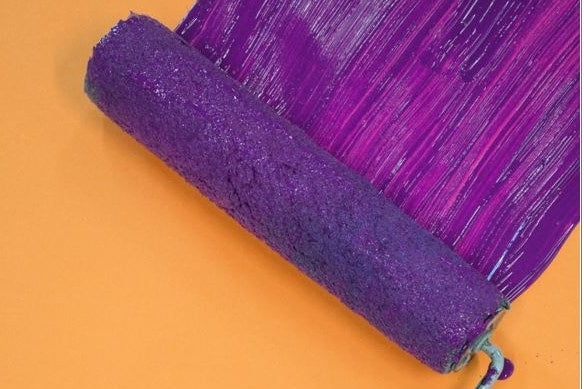The Eco-Friendly Guide to Decluttering Your Home Without Filling a Dumpster

We all know the three Rs for living more eco-friendly: reduce, reuse, and recycle. Even if you’re in the habit of practicing these, when it comes to really cleaning and decluttering your home, there are some things you can’t simply toss in the recycling bin. You don’t want them to end up in the landfill, though, so what’s the solution? This guide will help you use less, recycle more, and keep your home cleaner without harming the Earth.
What to do with the big stuff?
When you declutter your home, you end up with piles of stuff that need to go. Below are some of the most common offenders that end up in landfills but can often be reused or recycled.
Mattresses, Bedding, and Other Textiles
Old textiles, including bedding and mattresses, are some of the biggest trash culprits, but don’t necessarily have to be. “Don't let your old mattress become one of the 20 million mattresses that end up in landfills each year. Look for ways to recycle or refurbish your old mattress the next time you decide to upgrade to a new one,” Wayfair explains. Many of the components inside a mattress are actually recyclable, so check with your local recycling center to see if that’s an option. If not, you can upcycle parts of your old mattress into something useful, such as a DIY notice board.
Bedding and other textiles are also great for upcycling. Old pillows can be used for insulation or made into cushions or pet beds. Even if upcycling projects aren’t your thing, there are organizations where you can donate items to be reused or recycled. If you donate clothing to organizations like Goodwill and The Salvation Army, anything that can’t be sold secondhand ends up getting recycled by Secondary Materials and Recycled Textiles (SMART).
Appliances
According to Real Simple, most appliances are recyclable if they are more than 50 percent metal. This means most appliances qualify, and many cities have special collection days for small household appliances. Larger appliances can usually be recycled when you buy a new one. Most chain stores will pick up your old appliance for recycling when the new one is delivered. Small stores and appliance repair shops will often take old ones for spare parts.
Electronics
Embracing digital technology can really help you get rid of clutter and keep stuff from coming in your house in the first place. If you have old photos or important papers, scan them using programs like PaperScan and keep them secure in the cloud so they don’t take up space in your home. Use digital options for your favorite magazines too, and cancel print subscriptions.
While digital technology helps us reduce clutter, we still have to find ways of getting rid of old electronics. If you have an old collection of CDs, you can send them off a CD recycling website. When you get new devices, check with the store to see if they have a buyback program. In many cases, they will buy them back and give you a store gift card to use on an upgrade.
Keep Your Clutter-Free Home Clean and Green
Once you declutter, you want your home to actually be as clean as it looks. For help choosing the best cleaning products that are actually good for the environment, we love Today’s recommendations for heavy-duty cleaning cloths and eco-friendly cleaners for every dirty spot in your home. You can also clean just about any room with natural ingredients you already have in your kitchen, such as baking soda and vinegar.
If you’re committed to living greener, you probably know how to recycle everyday items like bottles and cans, but recycling or reusing these bigger items is just as important as those things you do on a daily basis. The reality is that our homes are where a large portion of our carbon footprint is made. Getting rid of clutter without adding to landfill waste is a great start, and keeping it clean with eco-friendly products is an even better way to make a big impact and keep your carbon footprint low.
Photo credit: Pixabay


